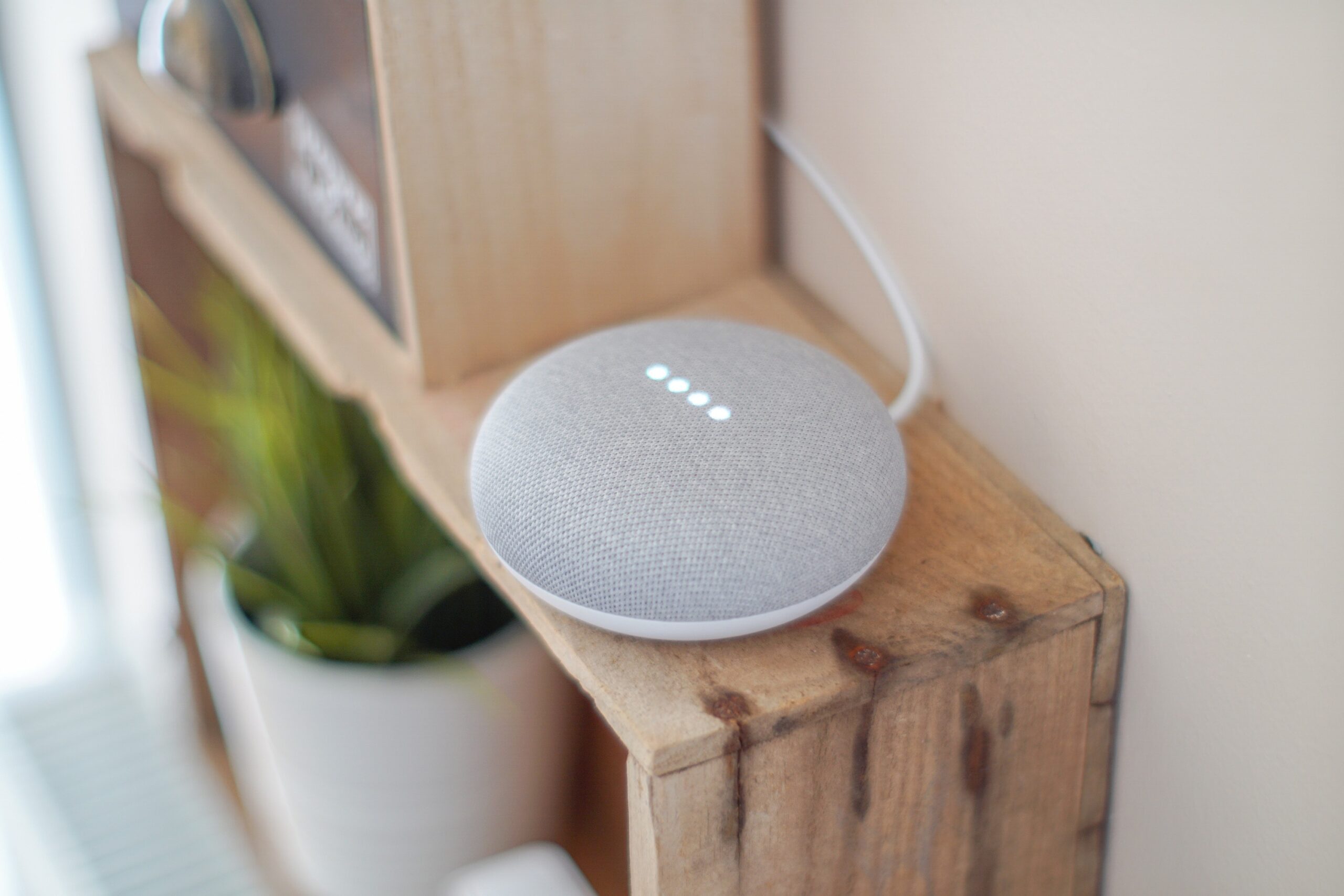Smart homes have become more popular in modern times, and it’s easy to see why. With the power of the Internet of things (IoT), homeowners can now control and monitor everything from their lights to their thermostats with just a few taps on their smartphones. But if you’re new to the world of IoT, it can be overwhelming to know where to start. In this beginner’s guide to smart home technology, we’ll break down the basics and get you up to speed on everything you need to know to get started.
What is IoT?
IoT stands for the Internet of Things, which is a network of interconnected devices capable of communicating with one another via the Internet. In a smart home, this means that everything from your lights to your thermostat can be controlled and monitored remotely. IoT technology has brought about a revolution in our lives by enhancing our connectivity, efficiency, and convenience.
How does IoT work?
IoT devices use a variety of wireless communication protocols to connect to the internet and each other. The most common protocols used in smart homes are Wi-Fi, Bluetooth, and Zigbee. These devices also use sensors and microcontrollers to collect and analyze data, which can be used to optimize their performance.
Benefits Of IoT In Your Smart Home:
There are many benefits to using IoT technology in a smart home. Some of the main advantages include:
- Increased energy efficiency
- Improved security
- Remote monitoring and control
- Increased convenience
- Cost savings

Components Of A Smart Home:
A smart home is made up of several components, including:
- IoT devices (e.g., smart thermostats, smart lighting, smart speakers, etc.)
- A hub or central control system
- Internet connectivity
- Sensors and microcontrollers
- Mobile or web-based apps to control and monitor devices
Smart home security
One of the biggest concerns with IoT technology is security. With so many devices connected to the internet, there is an increased risk of hackers gaining access to your personal information. To protect your smart home from cyber threats, it’s important to choose devices that have built-in security features, such as encryption and two-factor authentication. You should also make sure that your home network is secure by using a strong password and regularly updating your software.
How to Get Started with IoT
If you’re new to IoT technology, getting started may seem overwhelming. However, with a little research and planning, you can easily set up your smart home. Here are some steps to help you get started:
1. Determine Your Needs
Before purchasing any IoT devices, it’s important to determine what you need. Think about which areas of your home you want to automate and which devices will be most useful to you. This will help you avoid overspending and make sure you get the most out of your smart home.
2. Choose a Hub
A hub is a central control system that connects all your IoT devices and allows you to control them from a single app. There are several popular hubs available, such as Amazon Echo, Google Home, and Apple Home Kit. Choose a hub that’s compatible with the devices you want to use and fits your budget.
3. Choose Devices to Connect
There are many IoT devices available, including smart thermostats, lighting, speakers, locks, cameras, and plugs. Choose devices that fit your needs and are compatible with your hub. Make sure to research the features and read reviews before making a purchase.
4. Set Up Your Devices
Once you’ve purchased your devices, it’s time to set them up. Follow the manufacturer’s instructions to connect each device to your hub and network. Make sure to name each device and create groups to control them together. You can then use your app or voice commands to control your devices.
Common Smart Home Devices
There are many smart home devices available, each with its own unique features and benefits. Here are some of the common devices:
1. Smart Thermostats
Smart thermostats allow you to control the temperature of your home remotely and automatically adjust to your preferences. They can also save you money on your energy bill by optimizing your heating and cooling.
2. Smart Lighting
Smart lighting allows you to control your lights remotely and set schedules or scenes. They can also save energy by automatically turning off lights when no one is in the room.
3. Smart Speakers
Smart speakers allow you to play music, set reminders, and control other devices with voice commands. They can also provide information and entertainment.
4. Smart Locks
Smart locks allow you to lock and unlock your doors remotely and grant access to guests. They can also provide notifications when someone enters or exits your home.
5. Smart Cameras
Smart cameras allow you to monitor your home remotely and receive notifications when motion is detected. They can also provide live video feeds and two-way communication.
6. Smart Plugs and Outlets
Smart plugs and outlets allow you to control your devices remotely and set schedules or scenes. They can also provide energy usage information and help you save money on your energy bill.
Challenges of IoT
While IoT technology offers many benefits, there are also some challenges to consider. These include:
- Security risks
- Compatibility issues
- Complexity
- Reliability
To overcome these challenges, it’s important to choose devices with built-in security features, ensure compatibility before purchasing, and do your research before making any decisions.
Future of IoT
The future of IoT is exciting, with new devices and innovations being developed every day. As technology continues to evolve, we can expect to see even more advanced features and increased connectivity. However, it’s important to stay informed and aware of any potential risks or challenges that may arise.
In conclusion, getting started with IoT and smart home technology may seem daunting at first, but with a little research and planning, it’s easy to create a connected and automated home. By choosing the right devices, setting them up properly, and taking necessary security measures, you can enjoy the many benefits of IoT, such as increased convenience, energy efficiency, and home security. As technology continues to evolve, we can expect even more advanced features and increased connectivity, making smart homes a more integral part of our daily lives.


[…] traditional model involves sending data generated by devices such as smartphones, IoT devices, and sensors to centralized data centers for processing and analysis. As the amount of data […]